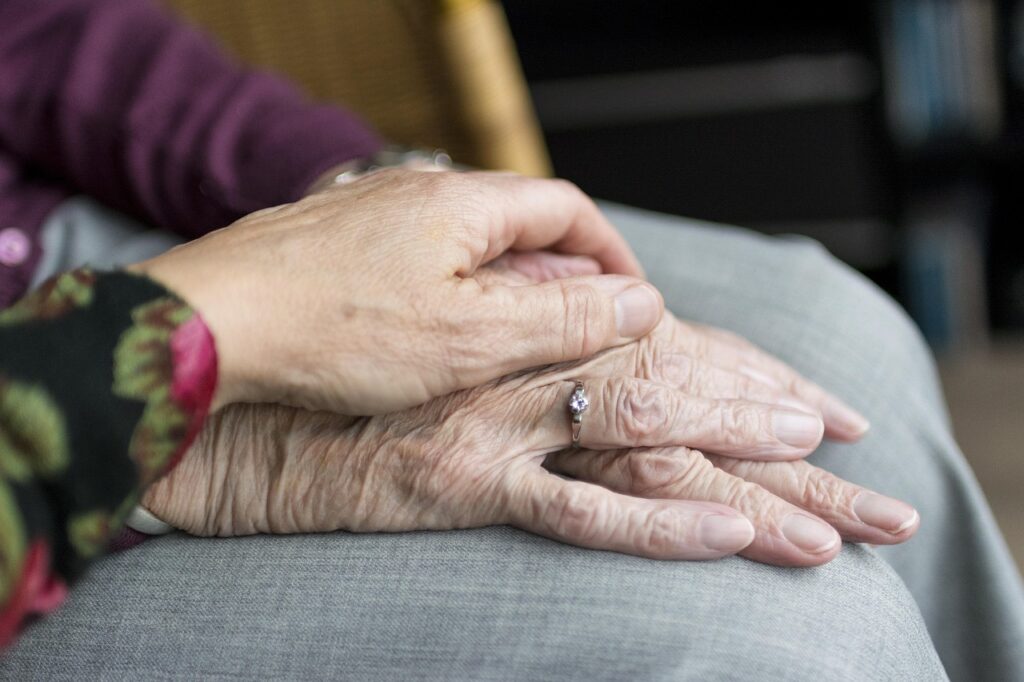
Most of us think of independence in terms of youth: driving, moving out, starting to live your own life. But independence is not, or shouldn’t be, something we leave behind as we grow older. It just starts to look a little different. As the years pass, what really matters is being able to live life on our own terms, in spaces that feel familiar, safe, and tailored to our needs and preferences.
Rethinking what “independent living” really means
For many families, the conversation about ageing tends to revolve around when help may be needed. But it can be the small things, such as the layout of a room, the type of flooring and even the bathroom setup that quietly determine how confident we feel at home. Making small, proactive changes early on can extend the period of independence by years.
Simple additions like toilet aids can make everyday routines more comfortable and safer, reducing stress and strain and preventing accidents before they happen. Changes like these can be discreet, practical, and designed to blend in with the home. They are the kind of support that allows someone to carry on with their day as usual, just with a little bit less worry.
The subtle power of accessible design
When people hear “accessibility” they can often picture hospital-style equipment and drastic renovations, but that’s not necessarily so. It may be as simple as ensuring good lighting, choosing contrasting colours to help with depth perception and hazard spotting, or replacing a tricky tap with a lever handle that’s easier on the wrists. These small, quiet adjustments can make a world of difference, and are most effective when introduced earlier, before mobility or balance becomes a challenge.
Designing for independence is, ultimately, about removing friction from daily life. When everything in the home, from the kitchen worktop to the bathroom layout, supports ease and safety, the home becomes a place that replenishes energy and confidence rather than taking those things away.
Adapting our homes to support comfort, dignity, and ease
Planning ahead doesn’t mean admitting defeat – it means caring enough to prepare. Making our homes future-ready can be an act of self-kindness, a means to ensure that comfort and dignity remain at the centre of our lives no matter our age. It is also about recognising that incapacity doesn’t only come with the passage of time; being ready for a sudden illness is always worth some thought.
The truth is that independence isn’t about doing it all on your own. It is about creating a world around us that quietly supports us, allows us to keep our routines, our privacy and our sense of self. Whether we are thinking about our own future, or helping a loved one stay longer in the home they love, the goal is the same: a life that feels steady, secure, and designed to work around us rather than vice versa. There are enough obstacles in the world around us, so why not remove some in the place that we choose to come back to?
Leave a Reply